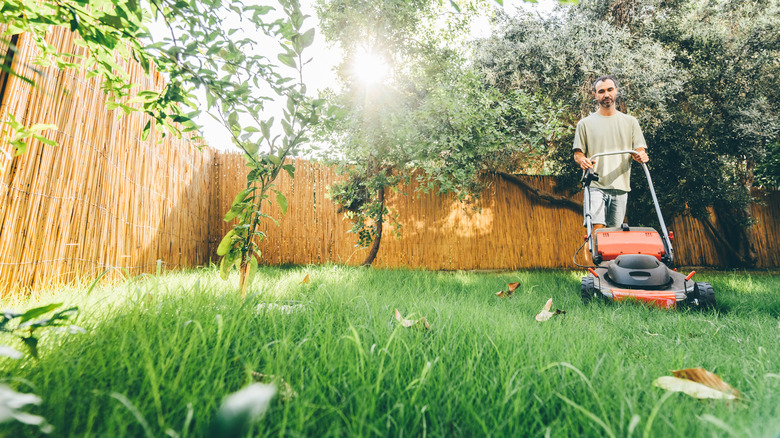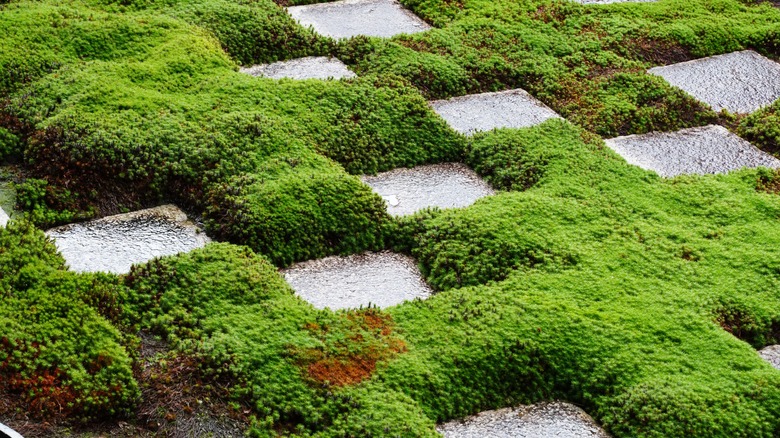The Low-Maintenance Landscape Idea For A No-Mow Garden
When you think of a lush, green lawn, you probably picture a weed-free yard of perfectly trimmed grass, but what if the secret to a low-maintenance yard isn't about growing something you have to cut? Imagine a soft, green carpet that stays the same height all year, a beautiful alternative that thrives where grass fails and requires no mowing, fertilizing, or traditional watering. This is the magic of a moss garden.
Unlike grass, which needs regular attention to stay healthy, using moss as a ground cover is a simple solution for homeowners who want to cut back on their outdoor chores. With its ability to grow in shady, acidic soils and its soft appearance, moss offers a way to minimize yard care and create a calm, forest-like feel right outside your door. This ground cover is easy to care for and provides a beautiful lawn without ever needing a mower. Moss grows well with minimal moisture and nutrients, and it reduces the need for constant watering, which conserves water and energy. This makes it a great lawn alternative for shady areas, where grass typically struggles.
The many advantages of moss
Using moss as a ground cover instead of planting grass has many benefits aside from saving time on mowing. One significant advantage is its ability to retain moisture, which helps to slow water runoff, even reducing soil erosion on sloped areas. This natural water retention also means moss rarely needs watering once it's established. It relies on rainfall to maintain its health, naturally purifies the air by trapping pollutants, and its ability cool the surrounding area has made it useful in urban settings. Moss is a great choice for yards with poor drainage or areas that stay damp and shady, where grass usually struggles to grow.
Moss is also resilient. It doesn't attract pests and bugs and it's resistant to most diseases that affect lawns, which means there's no need to use chemical treatments or pesticides to maintain it. This makes it a popular option for eco-conscious homeowners. Moss doesn't have roots and instead uses small, hair-like filaments called rhizoids to attach itself to almost any surface—as long as the conditions are favorable.
How to create your own mossy garden
Starting a moss garden is an easy process that doesn't require advanced gardening skills. While its upfront costs are higher than planting grass, many homeowners save money in the long run by eliminating maintenance and watering. Begin by choosing an area in your yard that is well-suited for moss given it thrives in shady, moist spots with acidic soil. If the soil is not naturally acidic, you can adjust the pH by adding an amendment like sulfur or pine needles. Clear the area of any existing grass, weeds, and debris. Gently loosen the top layer of soil but don't till it too deep. You can buy moss from a local garden center to plant or relocate patches from a different part of your yard, if available.
Next, lay down moss mats or clumps directly onto the prepared soil. Press the moss firmly into place to ensure it makes solid contact with the ground. To help it establish, water the area daily for the first four to six weeks until the moss is firmly attached. If you prefer to grow the plant from scratch, you can use a moss slurry recipe made from a handful of moss, buttermilk, and water blended together, which can be painted or spread over the area where you want your moss garden.


